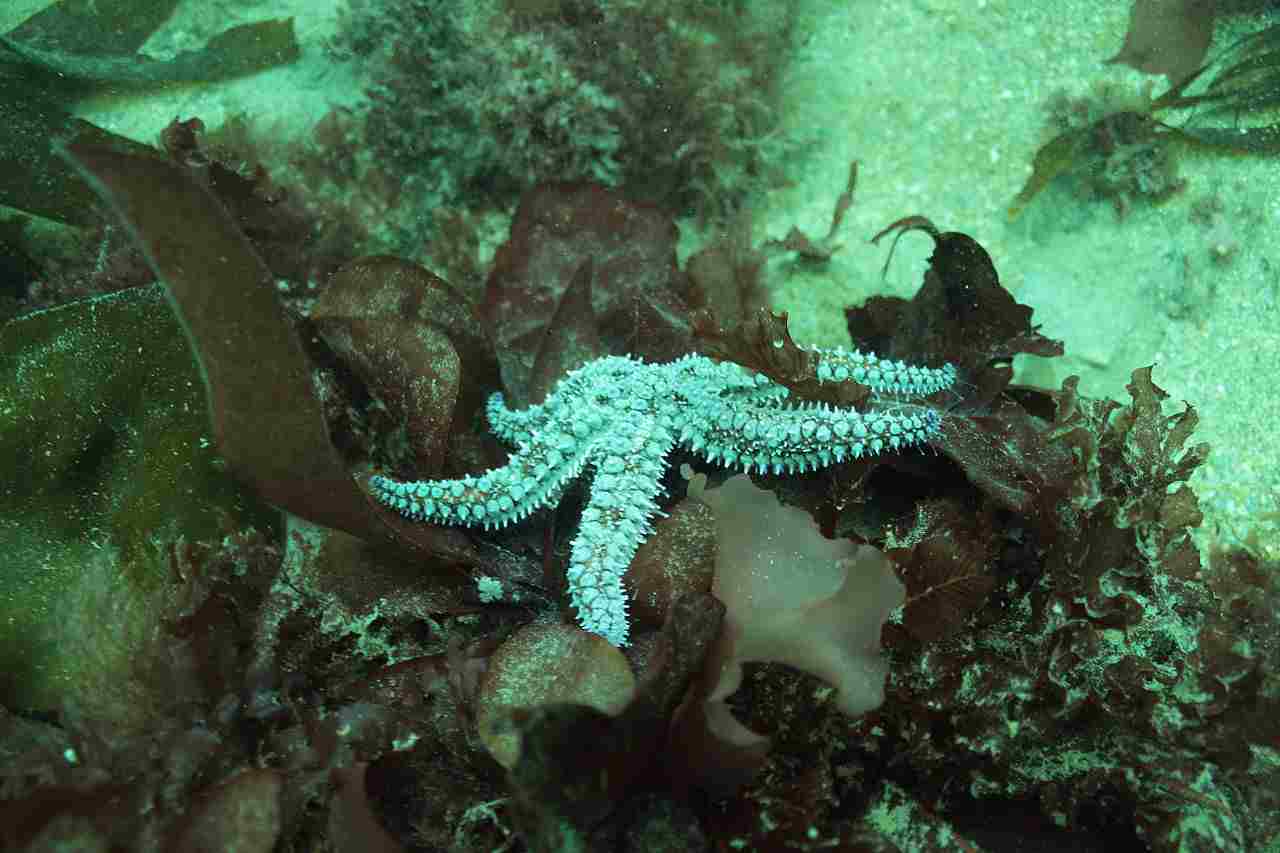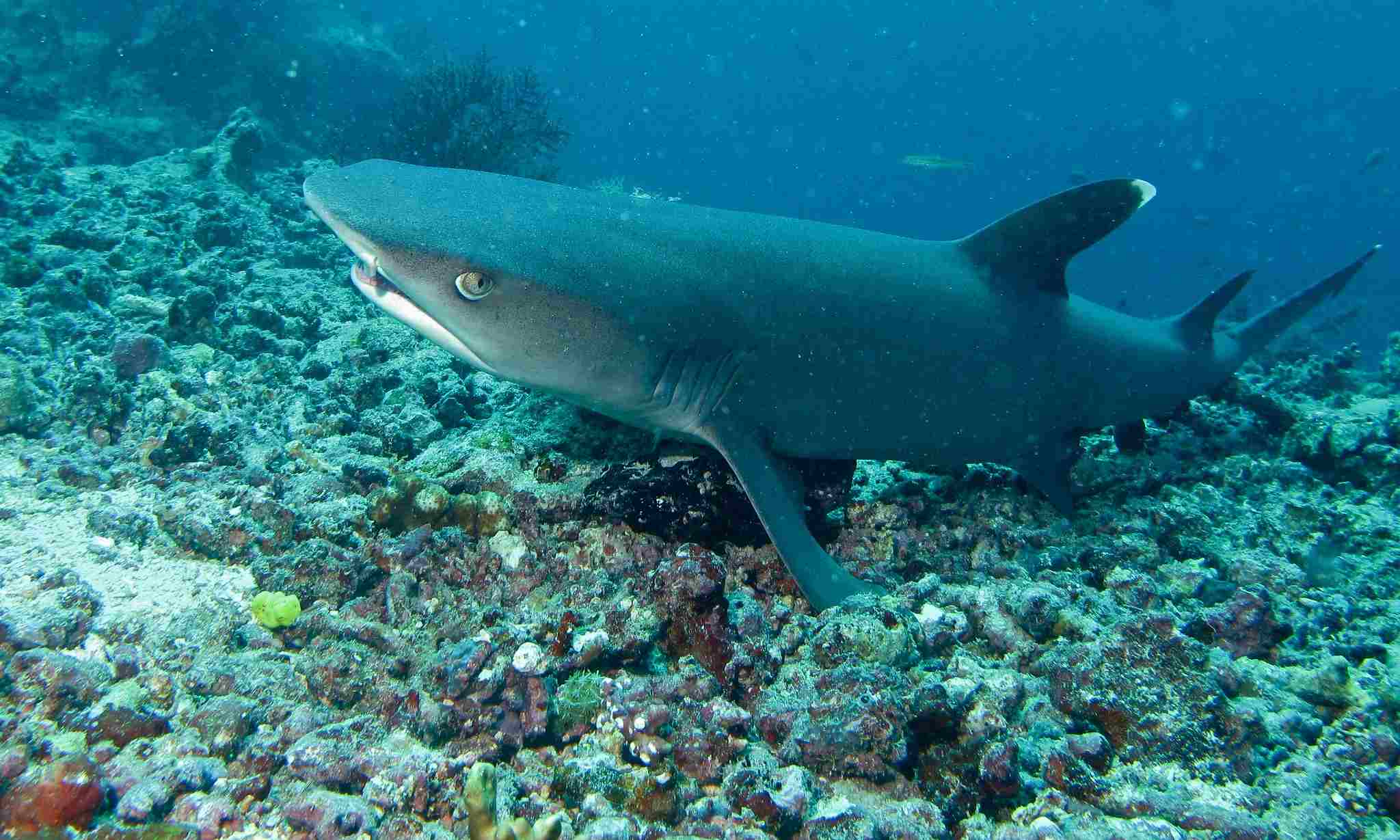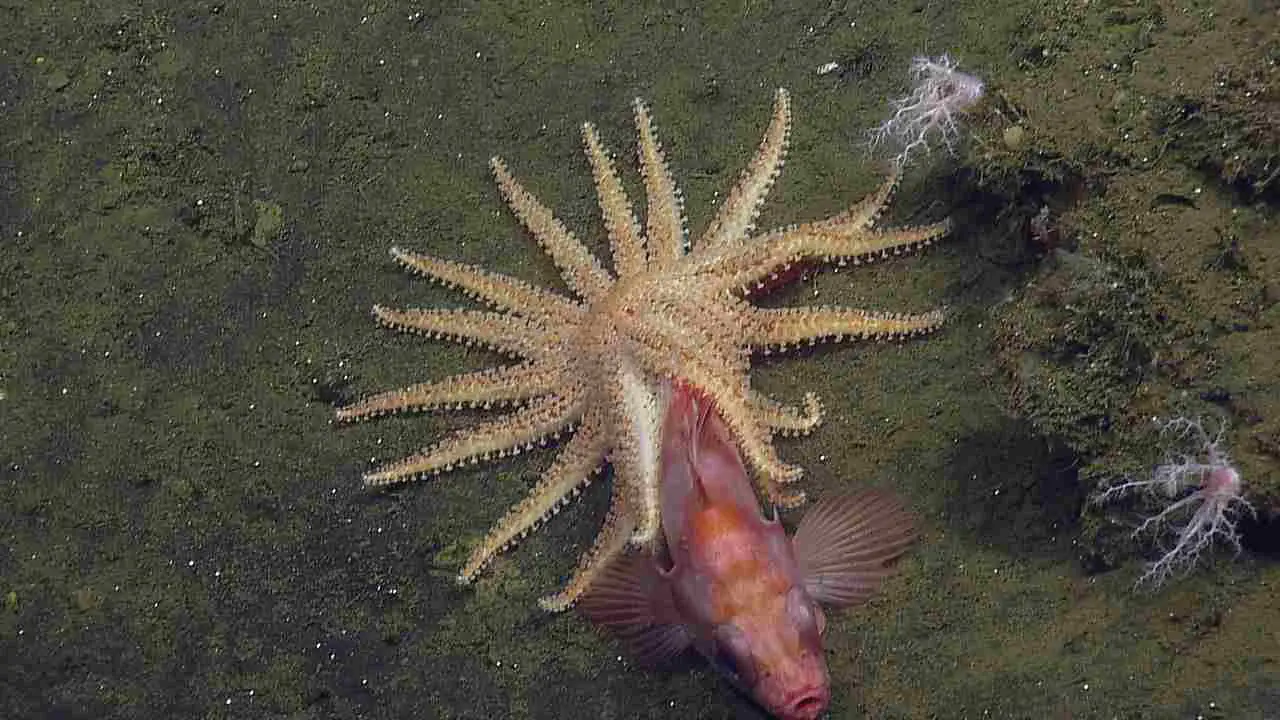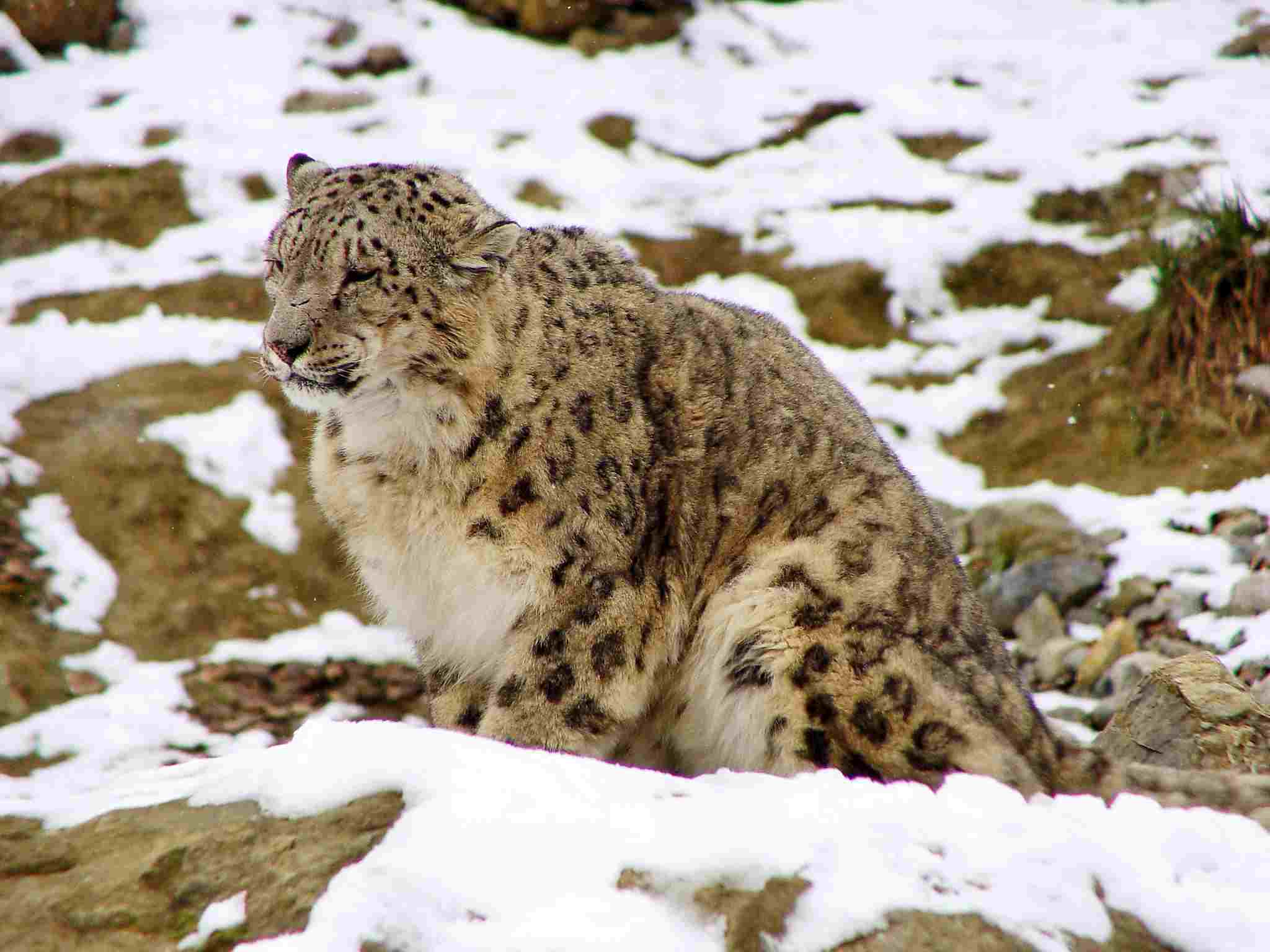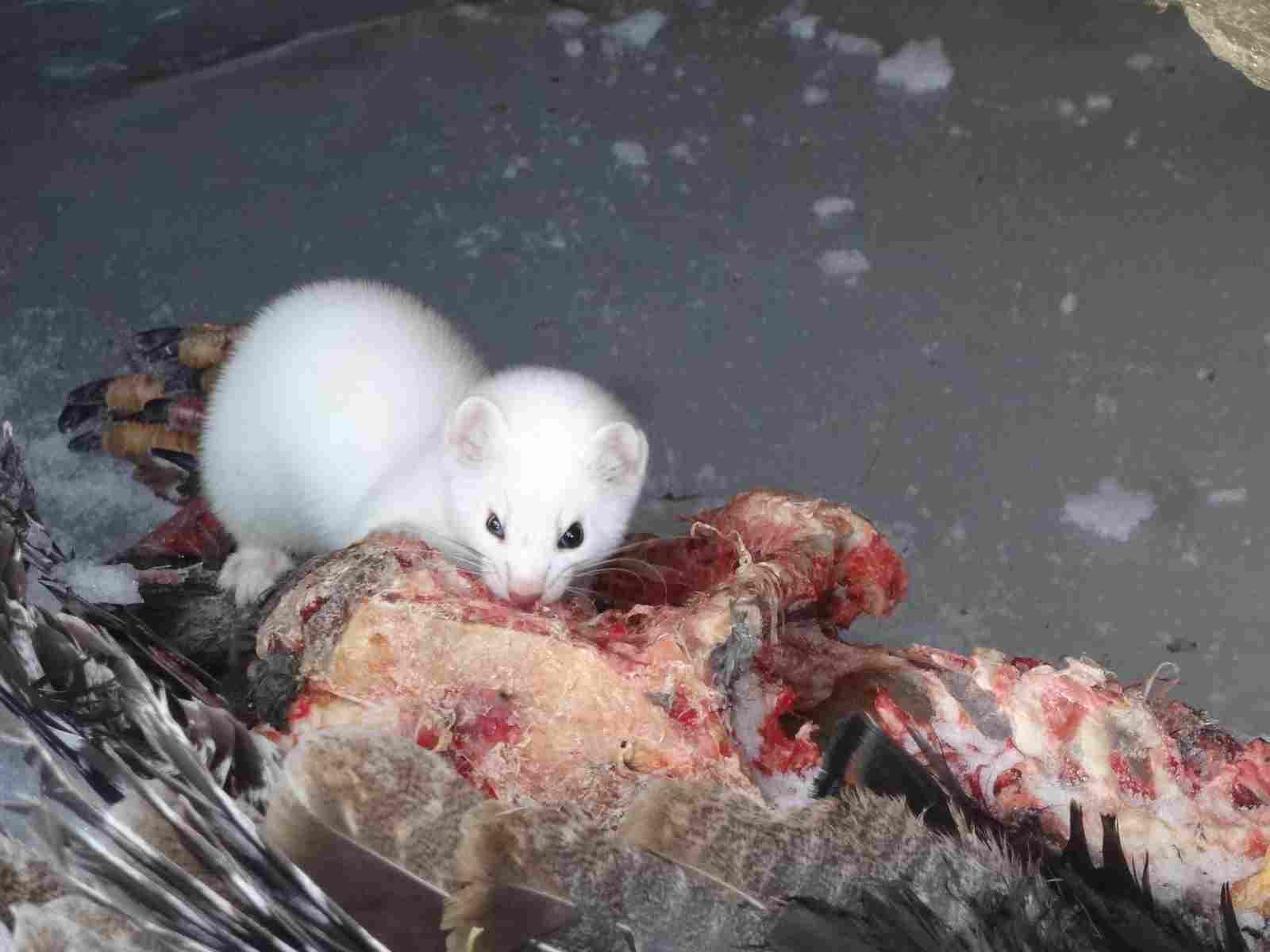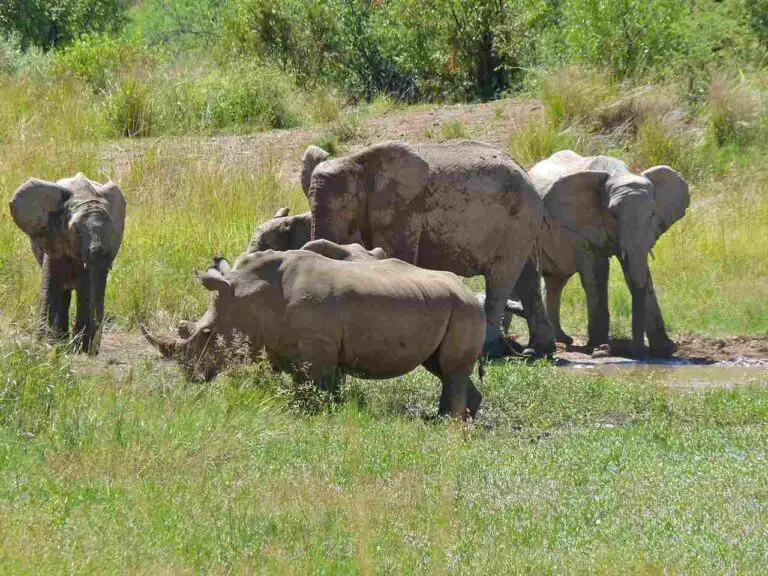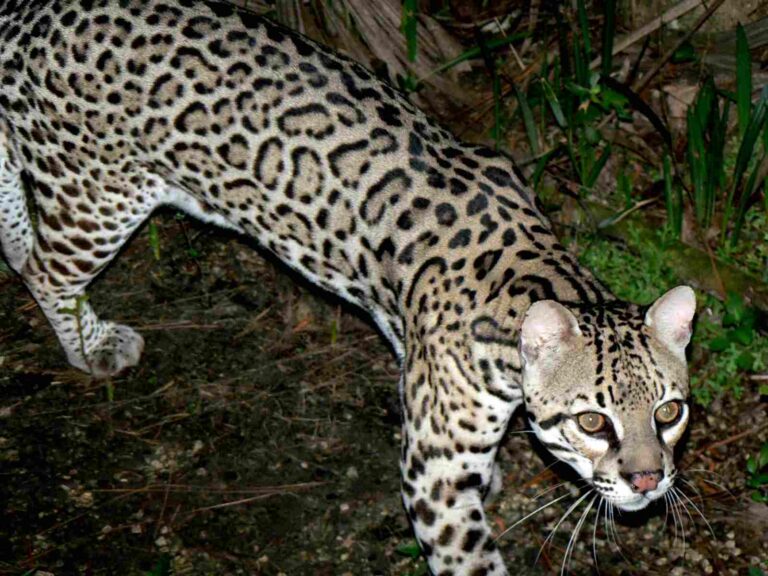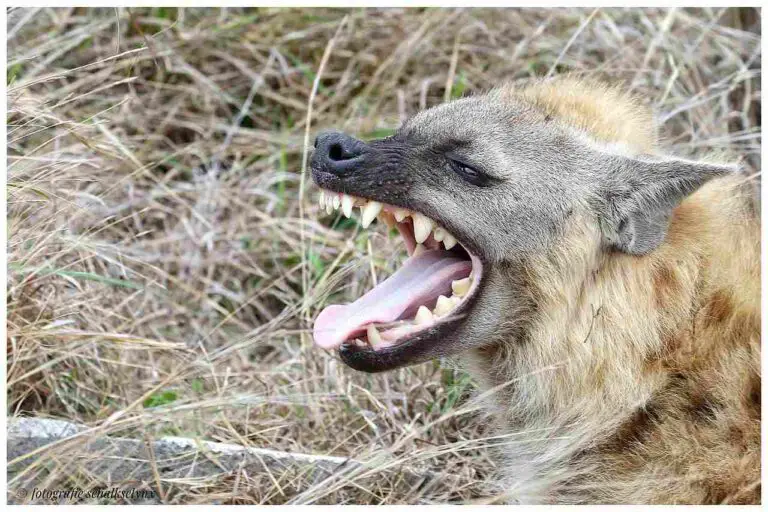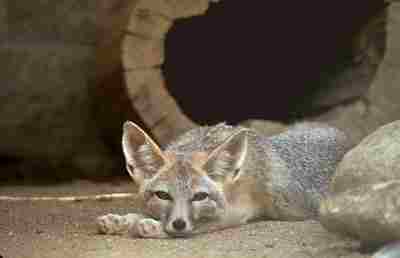9+ Secondary Consumers in the Arctic Ecosystem Discussed
Secondary consumers in the Arctic are vital components of the ecosystem, playing crucial roles in regulating prey populations and maintaining balance. They face challenges such as habitat loss and changing prey availability due to climate change and human activity. These consumers include the harp seal, eider duck, Arctic fox, Arctic char, ermine, cod, snowy owl, snow goose, and starfish. Each species adapts to the harsh Arctic environment in unique ways, exhibiting specialized behaviors and physiological traits to survive and thrive in icy conditions. Scientists employ various methods, including field observations and remote sensing technologies, to study these secondary consumers and understand their ecological significance.
1. Harp Seal:
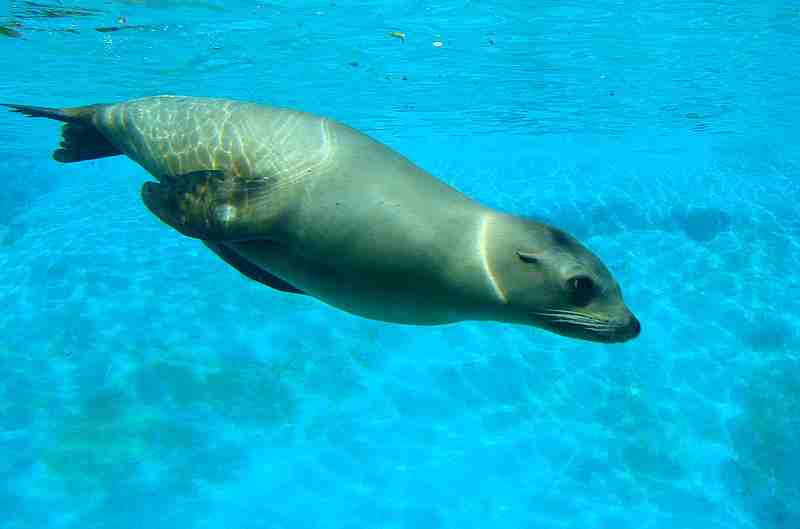
The harp seal, also known as Pagophilus groenlandicus, is a prominent secondary consumer within the Arctic ecosystem. Its existence is integral to the balance of the food web, serving as a vital link between primary consumers and apex predators. Here’s a detailed look at its characteristics, diet, behavior, and ecological significance:
Characteristics: Harp seals are characterized by their sleek, silver-gray fur with dark patches and distinctive black harp-shaped markings on their backs, giving them their name. They possess robust bodies designed for swimming in icy waters, with streamlined shapes and strong flippers that enable them to navigate through Arctic seas with ease.
Diet: As secondary consumers, harp seals primarily feed on a diet consisting mainly of fish, such as Arctic cod, capelin, and herring. They are opportunistic hunters, using their keen senses to detect prey beneath the water’s surface. Additionally, they also consume a variety of crustaceans and mollusks, further diversifying their diet and contributing to the regulation of lower trophic levels in the ecosystem.
Behavior: Harp seals are highly adapted to their cold environment and spend much of their lives in or near sea ice, where they give birth to their pups. They exhibit both solitary and gregarious behavior, congregating in large groups during breeding and molting seasons. Their migration patterns are influenced by the availability of food, leading them to travel significant distances in search of suitable feeding grounds.
Ecological Significance: As secondary consumers, harp seals play a crucial role in maintaining the balance of the Arctic food web. By preying on lower trophic levels, they help regulate populations of fish and invertebrates, preventing overgrazing of primary producers and promoting biodiversity. Furthermore, they serve as prey for apex predators such as polar bears and orcas, contributing to the transfer of energy throughout the ecosystem.
In summary, the harp seal is a keystone species in the Arctic ecosystem, serving as both a predator and prey and exerting significant influence on the dynamics of its environment. Its role as a secondary consumer underscores the interconnectedness of Arctic wildlife and highlights the importance of conservation efforts to preserve this delicate balance.
2. Eider Duck:
Eider ducks, belonging to the genus Somateria, are another noteworthy secondary consumer in the Arctic ecosystem. Here’s a detailed overview of their characteristics, diet, behavior, and ecological significance:
Characteristics: Eider ducks are large sea ducks known for their stout bodies, rounded heads, and distinctive wedge-shaped bills. They exhibit sexual dimorphism, with males (drakes) sporting striking plumage characterized by black bodies, white backs, and pale green or yellowish heads, while females (hens) have mottled brown plumage for camouflage during nesting. Eiders are well-adapted to cold climates, with thick down feathers providing insulation against frigid Arctic waters.
Diet: As secondary consumers, eider ducks are primarily herbivorous, feeding on a diet consisting mainly of marine vegetation such as algae, eelgrass, and sea lettuce. They are highly efficient filter feeders, using their specialized bills to strain small invertebrates, mollusks, and crustaceans from the water. Additionally, eiders may supplement their diet with fish and aquatic insects, particularly during the breeding season when protein-rich food sources are essential for egg production and rearing of young.
Behavior: Eider ducks are highly social birds, often forming large flocks during migration and wintering in sheltered coastal waters or ice-free areas near the Arctic Circle. They are strong swimmers and divers, capable of plunging to considerable depths in search of food. During the breeding season, eiders congregate in colonies along rocky shorelines or remote islands, where they build nests lined with down feathers for insulation and protection.
Ecological Significance: Eider ducks play a significant role in the Arctic ecosystem as both consumers and distributors of plant and animal matter. By foraging on marine vegetation, they help control the growth of algae and maintain the health of coastal ecosystems. Additionally, their excrement serves as fertilizer, enriching nutrient-poor soils and promoting plant growth along shorelines. As prey for predators such as Arctic foxes, gulls, and skuas, eider ducks contribute to the transfer of energy within the food web, sustaining higher trophic levels in the ecosystem.
In summary, eider ducks are essential secondary consumers in the Arctic food web, contributing to the balance and functioning of marine ecosystems through their feeding habits, behaviors, and ecological interactions.
3. Arctic Fox:
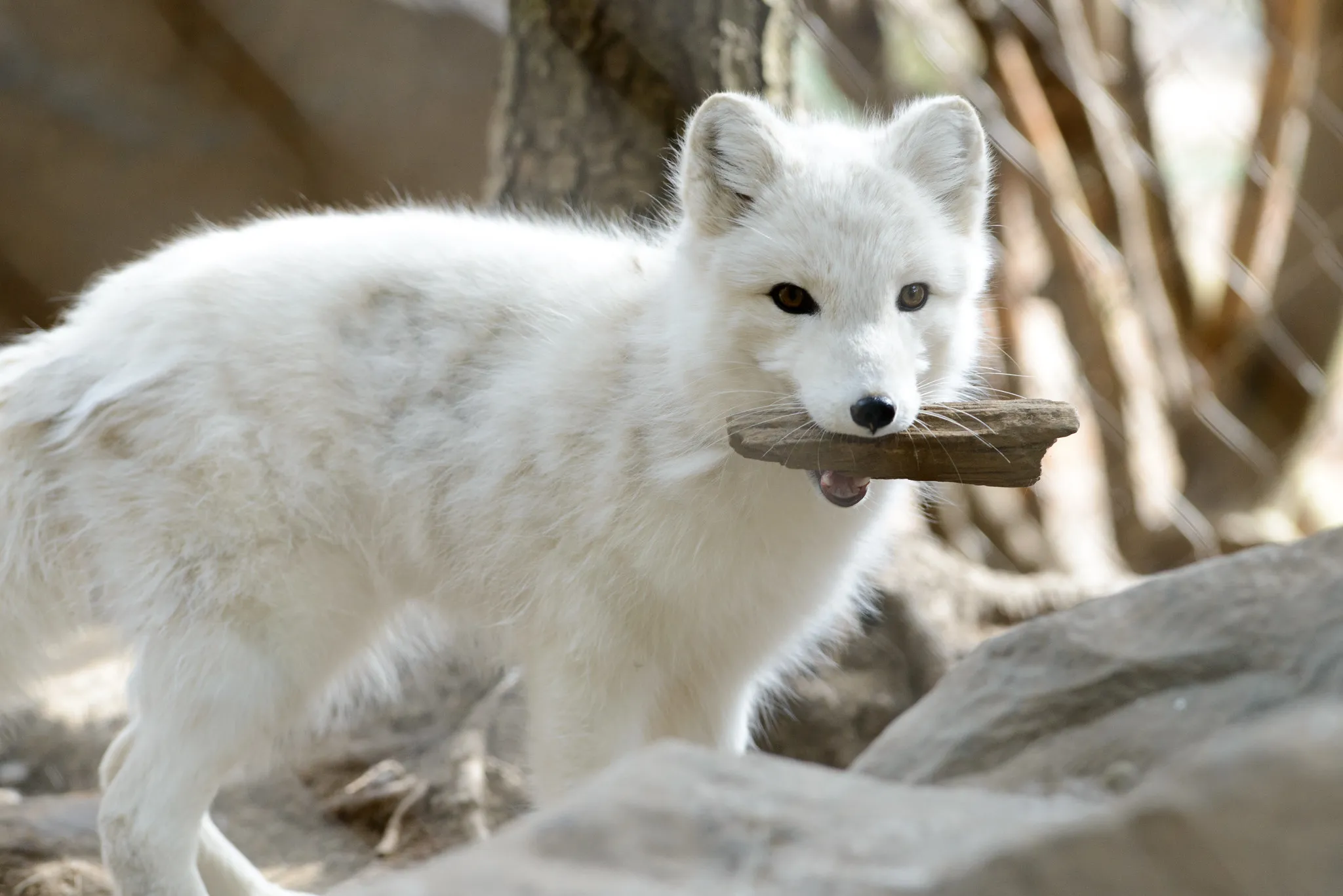
Arctic foxes (Vulpes lagopus) are iconic predators that occupy a vital niche as secondary consumers in the Arctic ecosystem. Here’s an in-depth look at their characteristics, diet, behavior, and ecological significance:
Characteristics: Arctic foxes are small to medium-sized canids characterized by their dense fur, rounded ears, and bushy tails, which they use for insulation and balance in their snowy habitat. They exhibit seasonal coloration, with white fur in winter providing camouflage against the snow and brownish-gray fur in summer. This adaptation allows them to blend seamlessly into their surroundings, making them efficient hunters and avoiding detection by prey and predators alike.
Diet: As secondary consumers, Arctic foxes have a diverse diet that varies seasonally and geographically. Their primary food sources include small mammals such as lemmings, voles, and Arctic hares, which they hunt by stalking and pouncing or by scavenging carrion. Additionally, Arctic foxes supplement their diet with birds, eggs, insects, berries, and even marine prey such as fish, seals, and seabirds, depending on availability and local conditions.
Behavior: Arctic foxes are highly adaptable and resourceful animals, capable of surviving in some of the harshest environments on Earth. They are primarily crepuscular and nocturnal, hunting and foraging under the cover of darkness to avoid predators and exploit prey. During the breeding season, Arctic foxes form monogamous pairs and establish dens in rocky outcrops, burrows, or snowdrifts, where they raise their young and shelter from the cold.
Ecological Significance: Arctic foxes play a crucial role in regulating populations of small mammals and birds in the Arctic tundra, exerting top-down control as predators. By preying on herbivores such as lemmings, Arctic foxes help prevent overgrazing and maintain the balance of plant communities, which in turn influences the abundance and distribution of other species in the ecosystem. Furthermore, Arctic foxes serve as prey for larger predators such as polar bears, wolves, and birds of prey, contributing to the flow of energy and nutrients within the food web.
In summary, Arctic foxes are integral components of Arctic ecosystems, serving as both predators and scavengers and influencing the dynamics of wildlife populations and community structure. Their adaptive traits, feeding habits, and ecological interactions highlight their importance as secondary consumers in sustaining biodiversity and ecological processes in the Far North.
4. Arctic Char:
Arctic char (Salvelinus alpinus) are an important secondary consumer in Arctic freshwater ecosystems, particularly in lakes and rivers. Let’s delve into their characteristics, diet, behavior, and ecological significance:
Characteristics: Arctic char are cold-water fish with a streamlined body, small scales, and a deeply forked tail. They exhibit various colorations depending on their environment, ranging from silver to olive-green on their back and sides, with lighter underbellies. During the spawning season, males develop striking red or orange coloration on their bellies and lower fins, enhancing their attractiveness to potential mates.
Diet: As secondary consumers, Arctic char are opportunistic feeders, consuming a diverse array of prey items depending on availability and habitat. Their diet primarily consists of aquatic invertebrates such as insects, crustaceans, and mollusks, as well as small fish, fish eggs, and terrestrial insects that fall into the water. Arctic char are also known to scavenge on carrion and feed on plant matter, particularly algae and aquatic vegetation.
Behavior: Arctic char exhibit complex behaviors related to feeding, migration, and reproduction. They are active predators, using ambush tactics to capture prey or actively pursuing smaller fish and invertebrates. During the spawning season, Arctic char migrate from their feeding grounds to freshwater streams and lakes, where they deposit their eggs in gravel nests called redds. After spawning, adults may return to the same bodies of water or migrate to new habitats, depending on environmental conditions and food availability.
Ecological Significance: Arctic char play a crucial role in the Arctic freshwater food web as both consumers and prey. By feeding on a variety of organisms, including zooplankton, insects, and small fish, they help regulate populations of lower trophic levels and maintain the balance of aquatic ecosystems. Additionally, Arctic char serve as an important food source for apex predators such as birds of prey, pinnipeds, and larger fish, contributing to the transfer of energy and nutrients within the ecosystem.
In summary, Arctic char are keystone species in Arctic freshwater ecosystems, contributing to biodiversity, nutrient cycling, and ecological stability. Their role as secondary consumers underscores the interconnectedness of aquatic food webs and highlights the importance of conservation efforts to protect these valuable habitats and the species that inhabit them.
5. Coregonus sardinella (Arctic Cisco):
Coregonus sardinella, commonly known as Arctic cisco or inconnu, is a secondary consumer found in Arctic and subarctic freshwater ecosystems, including lakes, rivers, and estuaries. Here’s a detailed examination of their characteristics, diet, behavior, and ecological significance:
Characteristics: Arctic cisco are a species of freshwater whitefish characterized by their slender bodies, silvery scales, and deeply forked tails. They have small, terminal mouths adapted for feeding on plankton and small invertebrates. Arctic cisco exhibit seasonal variations in coloration, ranging from pale silver to iridescent blue-green on their backs and sides, with lighter underbellies.
Diet: As secondary consumers, Arctic cisco primarily feed on planktonic organisms such as copepods, cladocerans, and diatoms, which they filter from the water using specialized gill rakers. They are also known to consume insect larvae, aquatic crustaceans, and small fish, particularly during the warmer months when prey abundance is higher. Arctic cisco play a crucial role in the transfer of energy and nutrients between lower and higher trophic levels in freshwater ecosystems.
Behavior: Arctic cisco exhibit migratory behaviors related to feeding, spawning, and overwintering. They are typically pelagic, inhabiting the open waters of lakes and rivers during the summer months, where they forage on plankton and engage in reproductive activities. During the fall, Arctic cisco may migrate to shallow nearshore areas or river mouths to spawn, releasing their eggs into the water column or onto submerged vegetation. In winter, they often seek out deeper, colder waters to avoid freezing temperatures and predation.
Ecological Significance: Arctic cisco are integral components of Arctic and subarctic freshwater ecosystems, contributing to the structure and functioning of food webs. As secondary consumers, they help regulate populations of planktonic organisms and small invertebrates, exerting top-down control on lower trophic levels. Additionally, Arctic cisco serve as an important food source for a variety of predators, including piscivorous fish, birds, and mammals, supporting the ecological diversity and productivity of northern aquatic ecosystems.
In summary, Arctic cisco play a vital role as secondary consumers in Arctic and subarctic freshwater ecosystems, contributing to nutrient cycling, energy flow, and ecosystem resilience. Their adaptive traits, feeding habits, and ecological interactions highlight their importance in maintaining the health and stability of northern aquatic environments.
6. Ermine (Short-tailed Weasel):
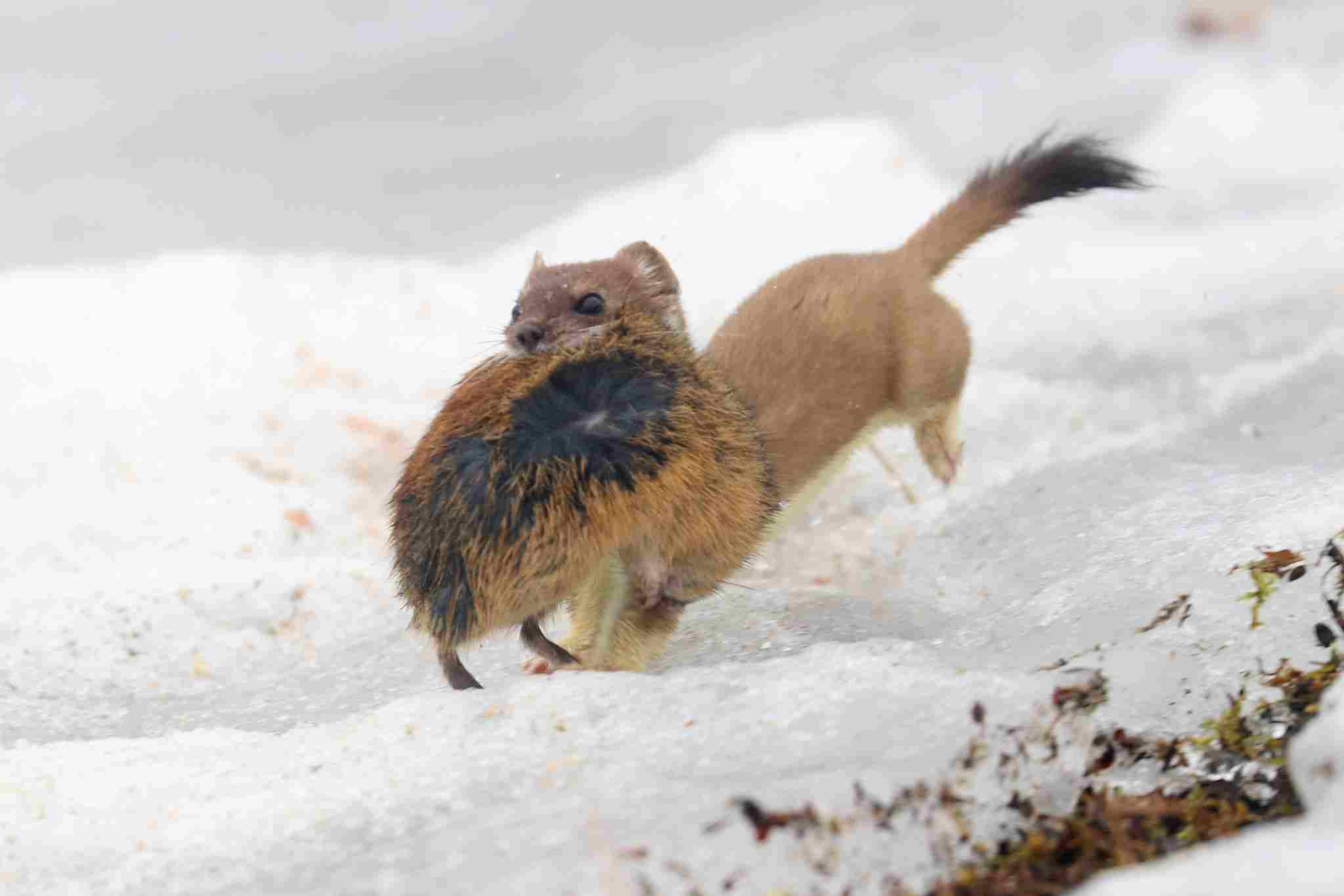
The ermine, also known as the short-tailed weasel (Mustela erminea), is a small carnivorous mammal and a secondary consumer in the Arctic ecosystem. Let’s explore its characteristics, diet, behavior, and ecological significance:
Characteristics: Ermines are small-bodied mammals with slender, elongated bodies, short legs, and a distinctive long neck. They have a brown fur coat during the warmer months, which transitions to a white coat in winter, providing camouflage against the snow. Ermines have keen senses of sight, smell, and hearing, which they use to detect prey and navigate their environment.
Diet: As secondary consumers, ermines are obligate carnivores, primarily preying on small mammals such as voles, mice, lemmings, and shrews. They are skilled hunters, capable of stalking and ambushing prey in their underground burrows or aboveground habitats. Ermines may also consume birds, eggs, insects, and occasionally carrion when prey availability is limited.
Behavior: Ermines are solitary and territorial animals, defending exclusive hunting ranges that overlap with those of other individuals. They are crepuscular and nocturnal hunters, using their agile bodies and sharp claws to pursue prey through dense vegetation or snow-covered terrain. Ermines are also excellent climbers and swimmers, enabling them to access prey in various habitats and escape from predators.
Ecological Significance: Ermines play a crucial role in controlling populations of small mammals and insects in the Arctic tundra, exerting top-down regulation as predators. By preying on rodents and other herbivores, ermines help prevent overgrazing and maintain the balance of plant communities, which in turn influences the abundance and distribution of other species in the ecosystem. Additionally, ermines serve as prey for larger predators such as foxes, owls, and raptors, contributing to the flow of energy and nutrients within the food web.
In summary, ermines are important secondary consumers in Arctic ecosystems, contributing to biodiversity, ecosystem dynamics, and trophic interactions. Their adaptive traits, hunting behaviors, and ecological roles highlight their significance as predators and scavengers in northern terrestrial habitats.
7. Cod:
Cod (Gadus morhua) are a widely distributed species of fish and an important secondary consumer in Arctic marine ecosystems. Let’s explore their characteristics, diet, behavior, and ecological significance:
Characteristics: Cod are medium to large-bodied fish with elongated, spindle-shaped bodies, three dorsal fins, and a prominent chin barbel. They have a distinctive greenish-brown to olive-gray coloration on their backs, fading to lighter shades on their sides and underbellies. Cod have strong, muscular tails and powerful jaws equipped with sharp teeth, which they use for capturing and consuming prey.
Diet: As secondary consumers, cod are opportunistic predators with a diverse diet that varies depending on their age, size, and habitat. Juvenile cod primarily feed on small invertebrates such as crustaceans, mollusks, and zooplankton, while adult cod are piscivorous, preying on a variety of fish species including herring, capelin, sand lance, and Arctic cod. Cod are also known to scavenge on carrion and consume bottom-dwelling organisms such as crabs and worms.
Behavior: Cod are highly migratory fish, undertaking seasonal movements between feeding and spawning grounds in response to environmental cues such as temperature, salinity, and food availability. They are typically found in cold, temperate waters along continental shelves, where they form aggregations or schools for feeding and reproduction. Cod are capable of diving to considerable depths in search of prey and may exhibit diel vertical migrations to optimize foraging opportunities.
Ecological Significance: Cod play a significant role in Arctic marine ecosystems as both consumers and prey. By feeding on a variety of prey items, including small fish, invertebrates, and plankton, they help regulate populations of lower trophic levels and maintain the balance of marine food webs. Additionally, cod serve as an important food source for apex predators such as marine mammals, seabirds, and larger fish, supporting the ecological diversity and productivity of northern marine ecosystems.
In summary, cod are keystone species in Arctic marine ecosystems, contributing to nutrient cycling, energy flow, and ecological stability. Their role as secondary consumers underscores their importance in sustaining biodiversity and ecosystem functioning in northern seas.
8. Snowy Owl:
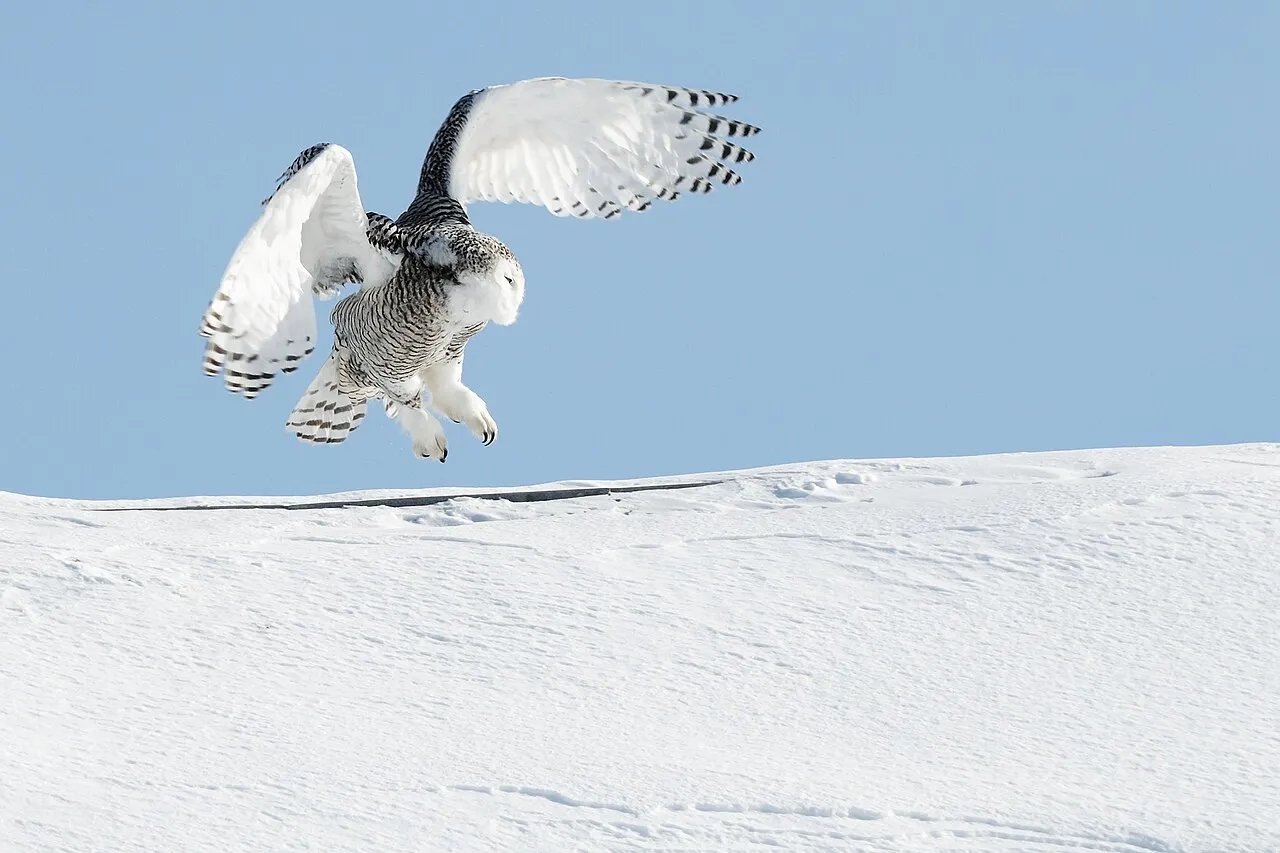
The snowy owl (Bubo scandiacus) is a magnificent bird of prey and a secondary consumer in the Arctic ecosystem. Let’s explore its characteristics, diet, behavior, and ecological significance:
Characteristics: Snowy owls are large, majestic birds with striking white plumage that provides camouflage against the snowy landscapes of the Arctic tundra. They have rounded heads with distinctive yellow eyes, powerful talons, and feathered feet to protect against the cold. Snowy owls exhibit sexual dimorphism, with females typically larger and more heavily marked with dark barring than males.
Diet: As secondary consumers, snowy owls are carnivorous predators, primarily feeding on small mammals such as lemmings, voles, and Arctic hares. They are highly effective hunters, using keen eyesight and acute hearing to detect prey from great distances. Snowy owls may also prey on birds, fish, and insects when other food sources are scarce, demonstrating their adaptability to changing environmental conditions.
Behavior: Snowy owls are solitary birds, occupying vast territories in the Arctic tundra where they hunt and breed. They are diurnal hunters, actively searching for prey during the day and night, particularly during the breeding season when food demands are highest. Snowy owls are known for their patience and stealth when stalking prey, often perching on elevated vantage points or flying low over the ground to surprise their victims.
Ecological Significance: Snowy owls play a vital role in regulating populations of small mammals in the Arctic tundra, exerting top-down control as apex predators. By preying on herbivores such as lemmings and voles, snowy owls help prevent overgrazing and maintain the balance of plant communities, which in turn influences the abundance and distribution of other species in the ecosystem. Additionally, snowy owls serve as indicators of ecosystem health and environmental change, with fluctuations in their populations reflecting shifts in prey abundance and habitat quality.
In summary, snowy owls are iconic symbols of the Arctic wilderness, contributing to biodiversity, ecosystem dynamics, and trophic interactions in northern landscapes. Their role as secondary consumers highlights their importance as predators and regulators of wildlife populations in one of the Earth’s most extreme environments.
9. Snow Goose:
The snow goose (Anser caerulescens) is a migratory waterfowl species and a secondary consumer in the Arctic ecosystem. Let’s explore its characteristics, diet, behavior, and ecological significance:
Characteristics: Snow geese are medium-sized waterfowl with distinctive white plumage, contrasting black wingtips, and pink or orange bills. They exhibit sexual dimorphism, with males typically larger and heavier than females. During the breeding season, snow geese develop rusty brown plumage on their heads and necks, which gradually fades as they molt into their white winter feathers.
Diet: As secondary consumers, snow geese are herbivorous grazers, primarily feeding on grasses, sedges, and other vegetation in their Arctic breeding grounds. They are well-adapted to foraging in wetland habitats, using their serrated bills to graze on tender shoots and roots or to filter aquatic plants and invertebrates from the water. Snow geese also consume agricultural crops such as grains, legumes, and tubers during their winter migrations to warmer climates.
Behavior: Snow geese are highly social birds, forming large flocks or colonies during the breeding season and migration periods. They exhibit strong migratory instincts, undertaking long-distance journeys between their Arctic nesting grounds and wintering areas in North America. Snow geese travel in V-shaped formations during migration, conserving energy and reducing wind resistance by flying in the wake of other birds. They communicate using a variety of vocalizations, including honks, grunts, and whistles, to coordinate group movements and alert others to potential threats.
Ecological Significance: Snow geese play a significant role in Arctic and subarctic ecosystems as herbivores and ecosystem engineers. By grazing on vegetation, they help shape plant communities and create open habitats that benefit a variety of wildlife species. Additionally, snow geese serve as prey for predators such as Arctic foxes, wolves, and birds of prey, contributing to the transfer of energy and nutrients within the food web. However, their overabundance in some areas can lead to habitat degradation and conflicts with agricultural interests, highlighting the need for sustainable management strategies to balance conservation objectives with human needs.
In summary, snow geese are integral components of Arctic and subarctic ecosystems, contributing to biodiversity, ecosystem functioning, and trophic interactions in northern landscapes. Their role as secondary consumers underscores their importance as herbivores and prey species in sustaining the health and resilience of northern ecosystems.
10. Starfish:
Starfish, also known as sea stars, are fascinating marine invertebrates and secondary consumers in the Arctic ecosystem. Let’s explore their characteristics, diet, behavior, and ecological significance:
Characteristics: Starfish are characterized by their radial symmetry, with five or more arms radiating from a central disc. They come in a variety of shapes, sizes, and colors, ranging from small, colorful species found in shallow waters to larger, more robust species inhabiting deeper ocean habitats. Starfish have a unique water vascular system that powers their tube feet, which they use for locomotion, feeding, and sensory perception.
Diet: As secondary consumers, starfish are opportunistic predators, feeding on a diverse array of prey including mollusks, crustaceans, small fish, and other invertebrates. They are voracious predators, using their tube feet and specialized mouthparts to pry open shells, grasp prey, and extract flesh from their victims. Starfish may also scavenge on carrion and detritus, contributing to the decomposition and recycling of organic matter in marine ecosystems.
Behavior: Starfish exhibit a variety of behaviors related to feeding, locomotion, and reproduction. They are primarily benthic organisms, dwelling on the seafloor or clinging to rocky substrates using their tube feet. Starfish are capable of slow crawling movements using their hydraulic system, allowing them to explore their surroundings in search of food or suitable habitat. During the breeding season, starfish may release gametes into the water column for external fertilization, resulting in the development of planktonic larvae that disperse and settle in new areas.
Ecological Significance: Starfish play a crucial role in Arctic marine ecosystems as both consumers and prey. By feeding on a variety of prey items, including bivalves, gastropods, and echinoderms, they help regulate populations of lower trophic levels and maintain the balance of marine food webs. Additionally, starfish serve as an important food source for predators such as fish, sea birds, and marine mammals, contributing to the flow of energy and nutrients within the ecosystem. Furthermore, starfish are ecosystem engineers, influencing the structure and diversity of benthic communities through their feeding habits and interactions with other organisms.
| Secondary Consumer | Summary |
| Harp Seal |
– Sleek marine mammals with silver-gray fur. – Feed on fish, crustaceans, and mollusks. – Play a crucial role in regulating fish populations and serving as prey for apex predators.
|
| Eider Duck |
– Large sea ducks with sturdy bodies. – Feed on mollusks and crustaceans. – Nest in colonies on coastal islands. – Important in regulating shellfish populations and prey for predators.
|
| Arctic Fox |
– Small carnivorous mammals with thick fur. – Feed on small mammals, birds, eggs, and carrion. – Key predators in regulating small mammal populations in the Arctic ecosystem.
|
| Arctic Char |
– Freshwater fish with elongated bodies. – Feed on zooplankton, insects, and smaller fish. – Important in freshwater food webs and prey for larger fish and birds.
|
| Ermine (Stoat) |
– Small carnivorous mammals with color-changing fur. – Feed on small mammals, birds, and insects. – Key predators in regulating small mammal populations.
|
| Cod |
– Marine fish found in Arctic waters. – Feed on smaller fish and invertebrates. – Important prey for marine mammals and birds. – Play a role in regulating marine ecosystems.
|
| Snowy Owl |
– Large diurnal birds of prey with white plumage. – Feed on small mammals and birds. – Nomadic behavior in search of food. – Crucial in regulating small mammal populations.
|
| Snow Goose |
– Medium-sized waterfowl feeding on vegetation. – Form large flocks during migration. – Influence vegetation communities in wetlands. – Important prey for predators.
|
| Starfish (Sea Stars) |
– Marine invertebrates feeding on various prey. – Key predators in intertidal ecosystems. – Serve as prey for sea birds and fish. – Contribute to energy transfer in the food web.
|
*Related FAQs
Q: Why are secondary consumers important in the Arctic ecosystem? A: Secondary consumers play a crucial role in regulating populations of prey species, preventing overgrazing of vegetation, and maintaining ecosystem balance. They also serve as prey for apex predators, contributing to the transfer of energy and nutrients within the food web.
Q: How do secondary consumers adapt to the harsh Arctic environment? A: Secondary consumers in the Arctic have various adaptations, such as thick fur or feathers for insulation against cold temperatures, specialized hunting techniques for locating prey in icy environments, and migratory behaviors to cope with seasonal changes in food availability.
Q: What threats do secondary consumers face in the Arctic? A: Secondary consumers in the Arctic face threats from habitat loss due to climate change, pollution, overhunting, and competition with invasive species. Additionally, changes in prey availability and increased human activity in the region can also impact their populations.
Q: How do scientists study secondary consumers in the Arctic? A: Scientists study secondary consumers in the Arctic through a combination of field observations, satellite tracking, genetic analysis, and ecological modeling. They also use remote sensing technologies and satellite imagery to monitor changes in habitat and prey availability over time.
